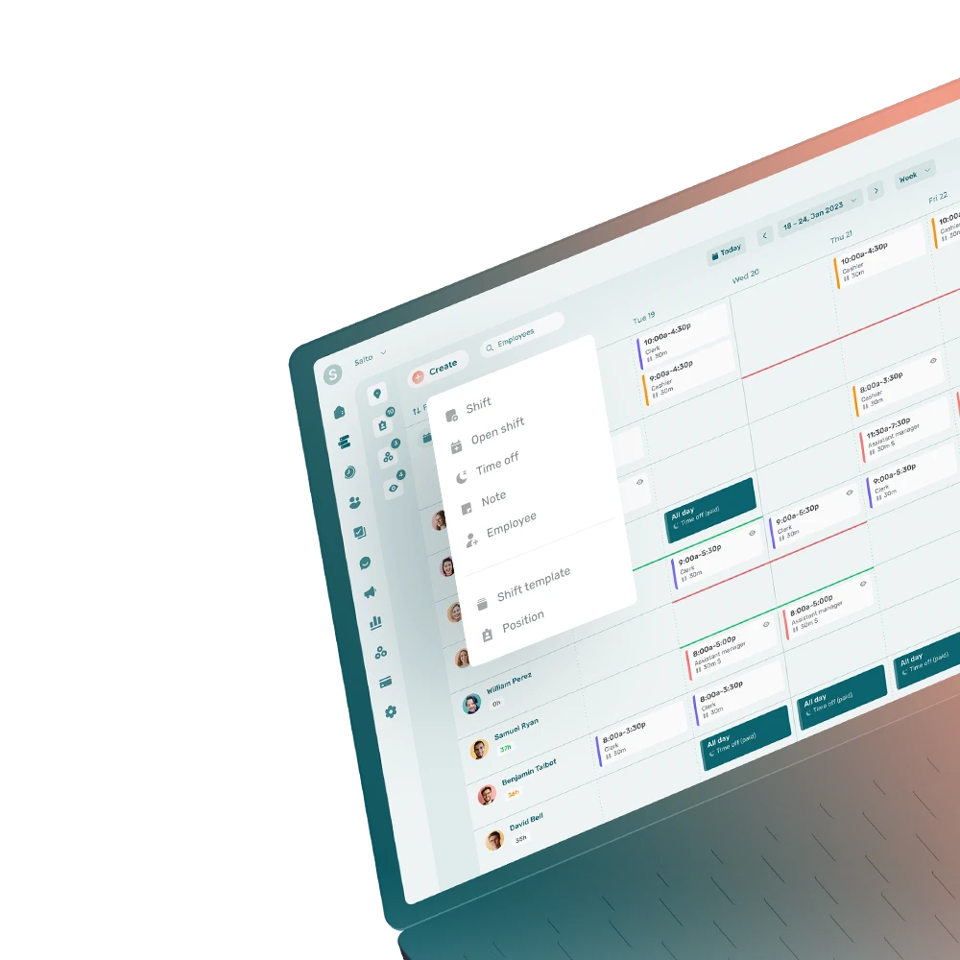Diversity and inclusion in the workplace refer to initiatives that allow companies to adopt the best personnel management practices and make their organization more welcoming.
Diversity includes the characteristics, experiences, or other distinctive signs that form the individuality of a person. Inclusion refers to an environment in which all persons, whatever their visible or hidden differences, feel welcome and valued.
Why Are Diversity and Inclusion Important in the Workplace?
Initiatives linked to diversity and inclusion allow companies to contribute to the growth of their employees and to stimulate their productivity and performance.
They also favor a collaborative and welcoming work environment allowing employees to freely express their opinions and share their ideas. Diversity and inclusion encourage creativity and innovation.
The current state of diversity and inclusion at an organization is a relevant human resources indicator to be added HR dashboards.
Several countries also have laws in place that guarantee employees’ rights, protect them from discrimination, and encourage diversity and inclusion in the workplace.
How to Promote Diversity and Inclusion in the Workplace?
Several strategies make it possible to promote diversity and inclusion in the workplace:
- Celebrate the holidays that count for employees, whatever their origin
- Sensitize employees to diversity by offering training
- Adopt an inclusive language
- Encourage practices that celebrate diversity
- Listen to the employees’ opinion
- Widen the bank of applicants
- Appoint someone to be in charge of diversity and inclusion
- Question one’s own biases
- Measure diversity and inclusion
- Review recruitment practices
Why Implement a Policy on Diversity and Inclusion?
Implementing a policy on diversity and inclusion makes it possible to officialize the efforts of the company. The creation of an official policy encourages the evaluation of staff management practices and their improvement through preestablished processes.
A diversity and inclusion policy also allows companies to measure the success of their initiatives and be accountable to their team members, customers or any other stakeholders.
What Are the Benefits of Focusing on Diversity and Inclusion?
Diversity and inclusion create several benefits for companies:
- Increasing the profitability of a company
- Improving the employees’ individual performance
- Attracting and retaining talent
- Improving corporate image and culture
- Promoting creativity
- Ensuring the employees’ well-being
- Avoiding tensions and conflicts
- Stimulating innovation
What Is the Difference Between Diversity and Inclusion in the Workplace?
Diversity in the workplace means hiring employees with different characteristics such as:
- Their socioeconomic background
- Their education levels
- Their age
- Their religion
- Their ethnic origin
- Their marital status
- Their sexual orientation
- Their disabilities
Diversity promotes the hiring and advancement of individuals from a variety of origins.
Inclusion in the enterprise is a principle making it possible to establish a work environment in which all people, whatever their origins, feel valued and accepted.
An environment that promotes diversity is not necessarily inclusive, and vice-versa.
What Are Some Examples of Diversity and Inclusion?
Examples of diversity and inclusion in the workplace include:
- Gender parity
- Hiring people with disabilities
- The presence of employees from different socioeconomic backgrounds
- Ethnic diversity in the work team
- A work atmosphere that promotes mutual assistance and collaboration
- Pay equity




